The second tomb of Pharaoh Thutmose II may have been found.

Speaking with the British publication The Observer, Scottish archaeologist Dr. Piers Litherland suspects he may have identified a second tomb belonging to Thutmose II.
Just days ago, the announcement of the discovery of Thutmose II’s tomb was announced. After over a decade of work by the New Kingdom Research Foundation and the Egyptian Ministry of Tourism and Antiquities, it was in 2022 when the team, led by Scottish archaeologist Dr. Litherland, finally came to the site of the tomb they had been searching for.
Discovered 3 km west of the Valley of the Kings, and underneath a Theban Mountain waterfall, Dr. Litherland and his team unearthed the debris-filled and once-flooded tomb of King Thutmose II. It is believed that the tomb was emptied in antiquity, just six years after the pharaoh’s death and burial in 1479 B.C.
Yet, this discovery is but the beginning. Dr. Litherland has shared his compelling theory about what further treasures may lie hidden, awaiting the dedicated efforts of his team in the days to come.
“There are 23 metres of a pile of man-made layers sitting above a point in the landscape where we believe – and we have other confirmatory evidence – there is a monument concealed beneath,” Dr. Litherland told The Observer. He continued: “The best candidate for what is hidden underneath this enormously expensive, in terms of effort, pile is the second tomb of Thutmose II.”

Dr. Litherland revealed to The Observer that, for a year or so, he and his team have been diligently working to penetrate the thick strata of plaster and limestone, in hopes of uncovering the long-lost second tomb of Thutmose II. With unshakeable conviction, Dr. Litherland believes that something—most notably the elusive second tomb of Thutmose II—lies hidden beyond these formidable layers, which preliminary evidence strongly suggests were intentionally constructed by human hands.
He describes the layers—composed of mud plaster and tufa (a crumbly limestone)—as being “the size of a dining room table,” and asserts with certainty that they were crafted by Ancient Egyptian labourers. “Among the ash, we discovered the remnants of beer jars and the tips of chisels used by tomb builders,” he explains, “leaving no doubt that these layers are indeed the work of man.”
Dr. Litherland explains why additional steps were taken by the Ancient Egyptian workmen, which is currently what is slowing down the progress on the dig. According to Litherland, the workmen seem to have “levered large portions of the cliff and made them crash down on top.” He went on to say that these pieces, “some as large as a car,” were then “cemented in place using limestone plaster.”
Sharing insight into the treacherous endeavour the team has faced, Dr. Litherland then revealed, “We’ve tried to tunnel into it, we’ve tried to shave away the sides, but there are overhanging rocks, so it’s too dangerous.”
Three weeks ago, Dr. Litherland’s foreman, Mohamed Sayed Ahmed, alongside his archaeological director, Mohsen Kamel, made the challenging decision to dismantle the entire structure that currently protrudes from the cliff. It is said they are approximately halfway through the process. “We anticipate completing the removal in about a month’s time,” Litherland remarked.
Why would Thutmose II require a second tomb?
The tomb of Thutmose II, discovered by Dr. Litherland and his team, as previously mentioned, was constructed underneath a waterfall of the Theban Mountain. To safeguard the tomb from the encroaching water, evidence suggests that the workmen applied layers of plaster and limestone flakes, thus shielding the tomb while simultaneously sealing and concealing the site from potential robbers.
Dr. Litherland explained to the media that, after crawling through a 35 ft passageway with an only 15-inch gap at the top, the team came to the burial chamber. Yet he was not at all surprised to discover that the chamber was desolate.
“… [It] turned out to be completely empty. Not because it was robbed but because it had been deliberately emptied,” Dr. Litherland continued. “The tomb is situated in a poorly chosen place beneath two waterfalls and at the bottom of a slope down which water would have (and did) pour in the much wetter weather of the 18th Dynasty.”
Such a finding—or lack thereof—may be disappointing for some. However, it only lends more credence to Dr. Litherland’s theory that the tomb had been purposely emptied, and the king was placed elsewhere—a place Dr. Litherland believes he knows.

Dr. Litherland believes it likely that both of King Thutmose II’s tombs were designed by the renowned 18th Dynasty architect Ineni, who, in his tomb (TT81) biography, recounts his life and mentions that he had:
“Excavated the high tomb of His Majesty, unseen and unheard by all,” while having to cope with “a most serious dilemma.”
Advertisement - Continue Reading Below
Dr. Litherland speculates and shares his theory of Ineni taking it upon himself to build the king a second tomb, in order to protect his late ruler, the divine kingship, and eternal rest he felt he had failed to provide due to the flooding of Thutmose II’s original tomb.
“If Ineni was perceived as a failure for not providing what was expected—a secure final resting place for a king who, upon death, ascended as a god—he might have been in a state of considerable distress, determined to ensure that the second tomb would not suffer the same fate,” Litherland continues. “Ineni says in his biographies that he did a lot of clever things to hide the locations of tombs, including covering the tombs with layers of mud plaster, which he says has never been done before. This has not been remarked on ever, to my knowledge.”
So, who is the mummy currently identified as Thutmose II?
Considering the lack of grave goods from King Thutmose II’s reign, it is safe to presume that, if a second tomb of the king exists, it may just be filled with items left in tribute to send the king off happily to the Afterlife. And if that is so, it is likely that a mummy of the king may exist within the tomb too.

Dr. Litherland believes that should the second tomb of Thutmose II be discovered, it is more than likely that the mummified body of the king should still be at rest within his safely sealed chamber.
This leads us to wonder: who is the mummy identified as Thutmose II that was discovered in the Royal Cache of Deir el-Bahari in 1881?
It is generally accepted that Thutmose II reigned for approximately 13 years, ascending to the throne at a young age, likely around 18. His reign, relatively brief, ended with his death at around the age of 30.
Litherland believes the body currently identified as—or, better yet, associated with—Thutmose II is far too old to have been the king. He tells The Observer: “He [Thutmose II] is described in Ineni’s biography as coming to the throne ‘the falcon in the nest’ – so he was a young boy.”

Until the excavations progress further, we can only speculate and have fun sharing our theories and views until we discover what the future holds.
Right now, to say the least, it is a very exciting time for Egyptology.

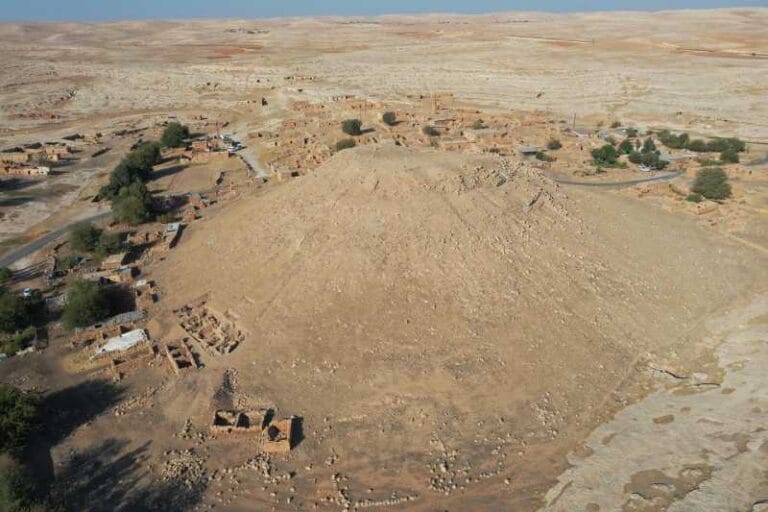
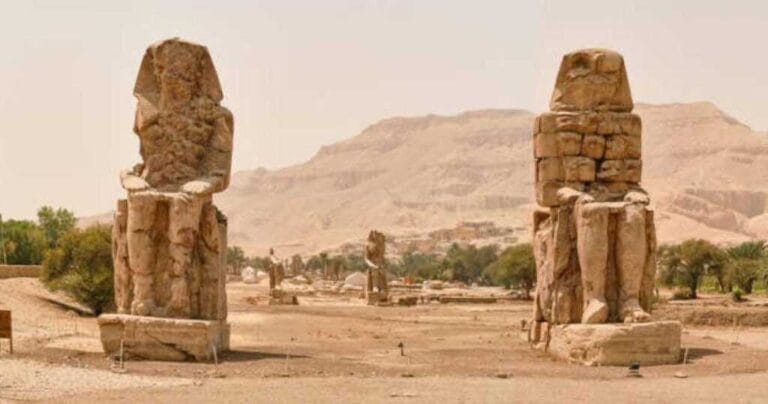
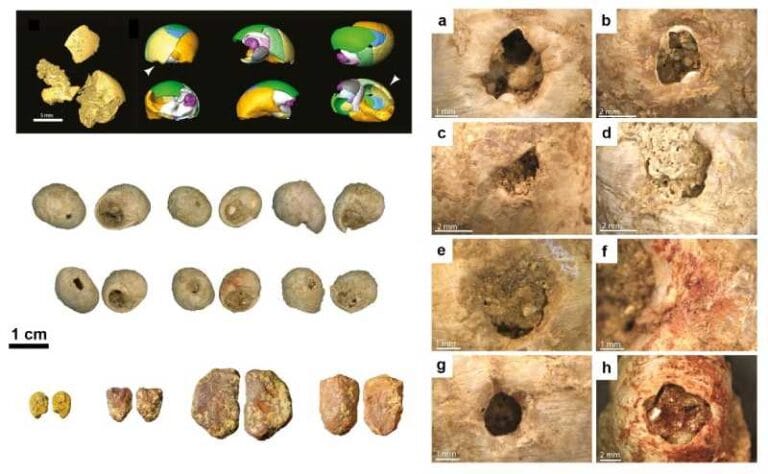
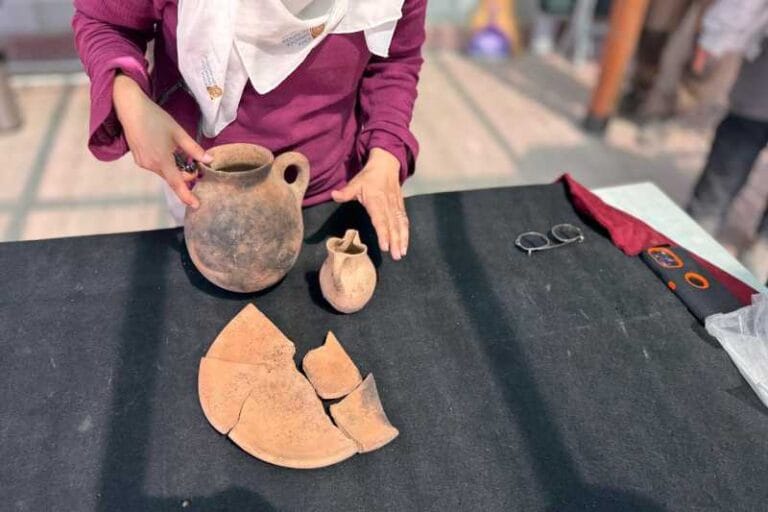
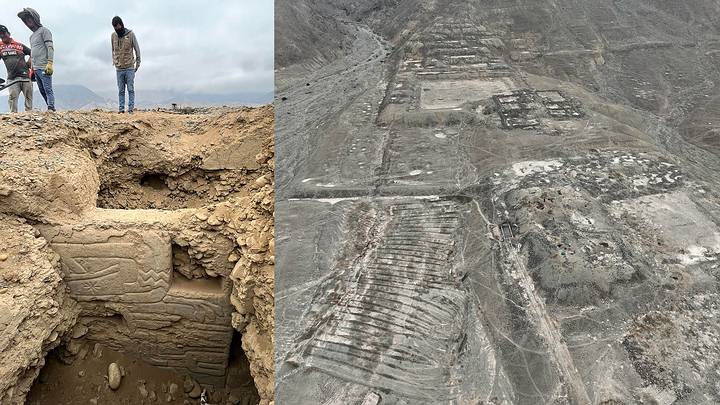
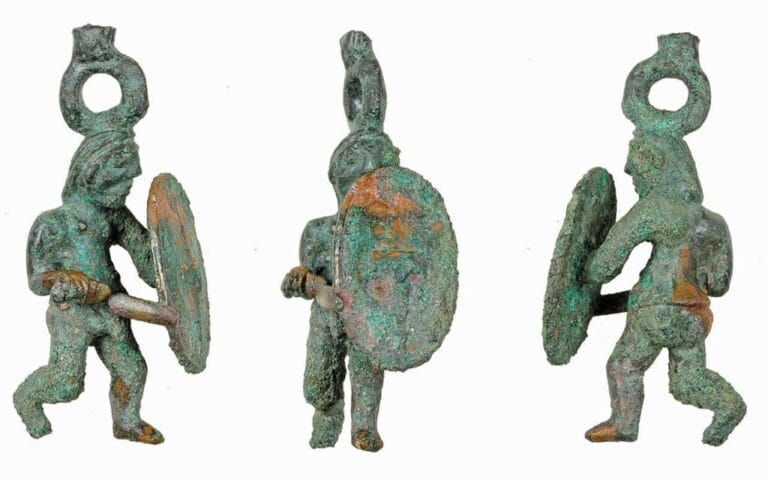
I can find no update on the excavation of the possible second tomb of Thutmose II. The initial estimate, in February / March (?), was about a month to clear the overburden. Is there any update available or planned for release?
Many Thanks.